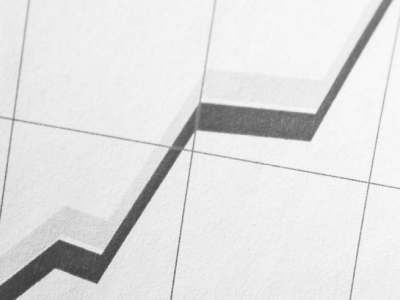CPI Inflation Holds But RPI Up
Published / Last Updated on 15/08/2017

CPI Inflation Holds But RPI Up.
The Office for National Statistics has today released inflation figures for July 2017, with the headline CPI rate holding firm at 2.6%pa.
Inflation + Housing Costs CPIH
The Consumer Prices Index including owner occupiers’ housing costs 12-month inflation rate was 2.6% in July 2017, unchanged from June 2017. This is known as CPIH and a benchmark we believe that is now included owner occupier housing costs as mortgage interest rates are low. This is not CPI but CPIH.
Consumer Prices Inflation CPI
The Consumer Prices Index (CPI) 12-month rate was 2.6% in July 2017, unchanged from June 2017.
Why did CPI Hold?
The price of motor fuel continued to fall and provided the largest downward contribution to change in the rate between June 2017 and July 2017.
This was offset by smaller upward contributions from a range of goods and services, including clothing, household goods, gas and electricity, and food and non-alcoholic beverages. Most leisure and transport costs went down. This then providing a balance between June and July inflation figures.
Retails Prices Index (RPI) – the old measure of inflation
No mention of the RPI increase in the headlines today. RPI actually increased from 3.5%pa to 3.6%pa in July.
Comment
Whichever way you look at it, globally priced items such as oil prices have fallen, hence the fall in transport costs. The UK has no real control over this. That said, it has kept a lid on CPI at 2.6%pa, which is still above the government target of 2.0%pa. That said, the levelling out means that pressure on the Bank of England to increase interest rates reduces. This means a weak pound. This means ‘blue chip’ FTSE 100 stocks have gone up.
Reality Check: RPI is up at 3.6%pa.
The Scary Inflation Message You Cannot See
The difference between RPI and CPI is the ‘basket’ of goods and services that they include are marginally different. RPI includes the costs of housing (mortgage interest costs and council tax for example) while CPI does not. Hmm … housing costs, food and living costs are on the rise if you look at the ONS inflation breakdown figures. It is only transport that was significantly down. Real inflation is on the up, they are just not telling you.
What is the difference between CPI and RPI? Calculation of CPI and RPI is slightly different and whilst we will not go into the ‘geometric’ mean or average calculation for CPI and ‘arithmetic’ mean/average calculation for RPI, it is suffice to say that if CPI were calculated using an arithmetic mean, in the same way as RPI, it would be around 1% higher. Given that mortgage interest rates are at an all-time low, you can imagine how CPI would look if it was calculated in the same way as RPI, using the CPI ‘basket’ of goods and services but also included mortgage interest rate costs and council taxes. We suggest you should really be thinking about real inflation of between 4% and 4.5% pa.
You can perhaps now work out why the government uses the CPI measure for benefits increases and the Bank of England for interest rate setting.